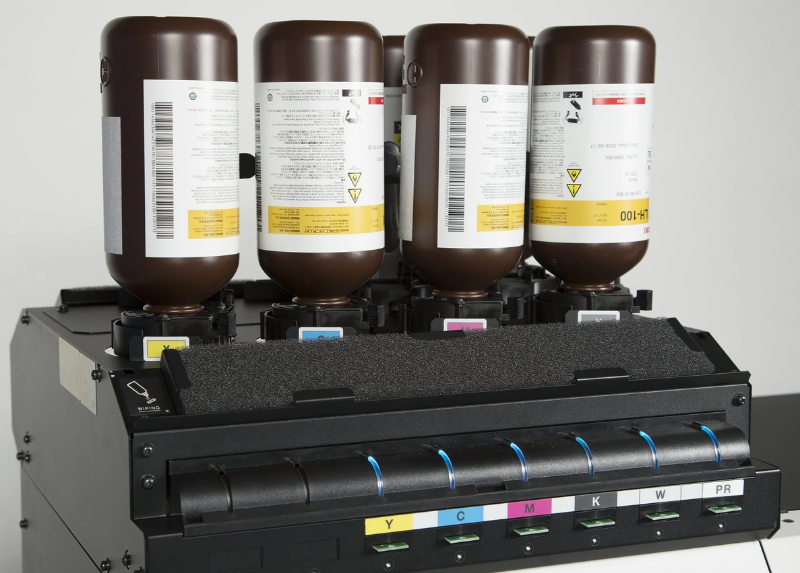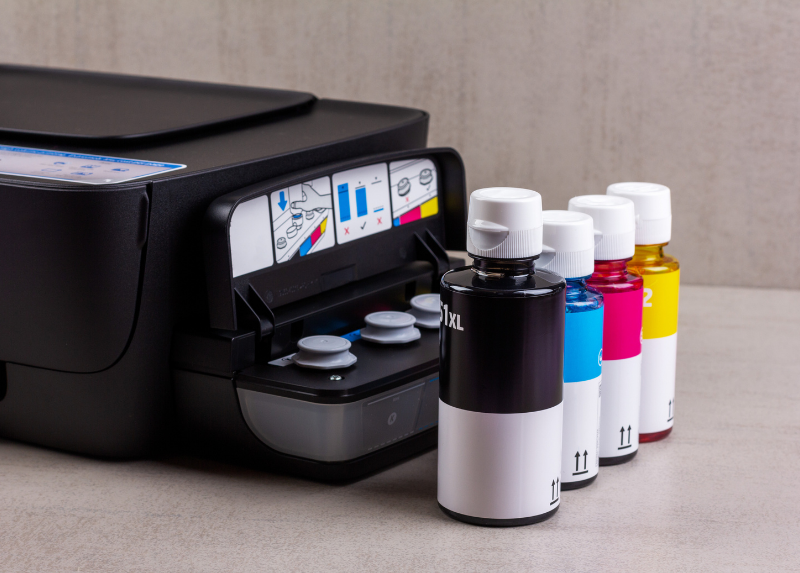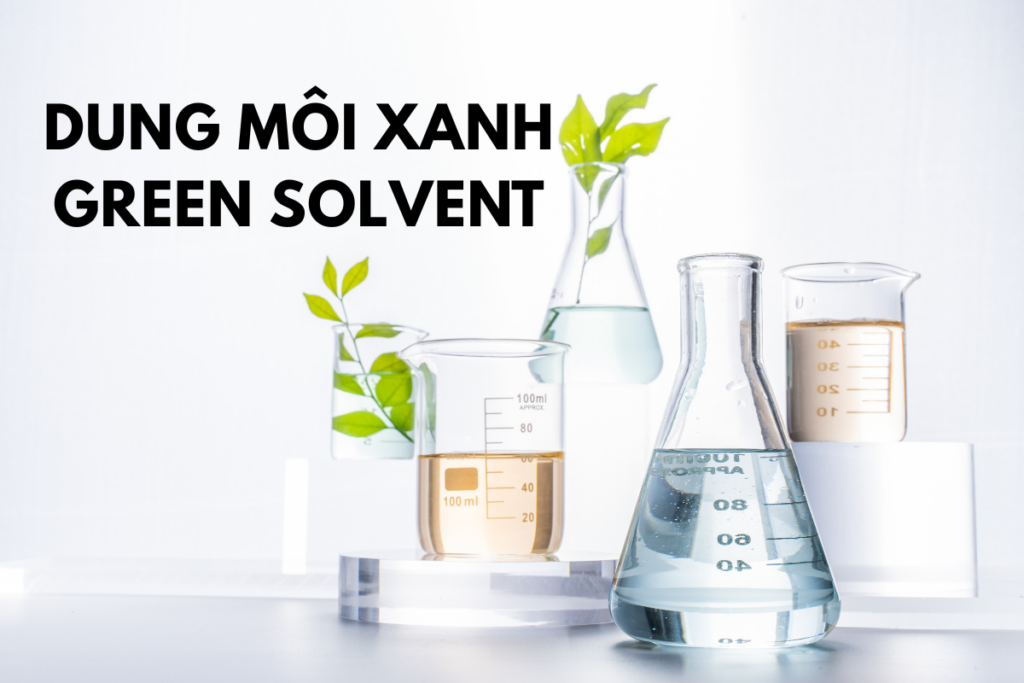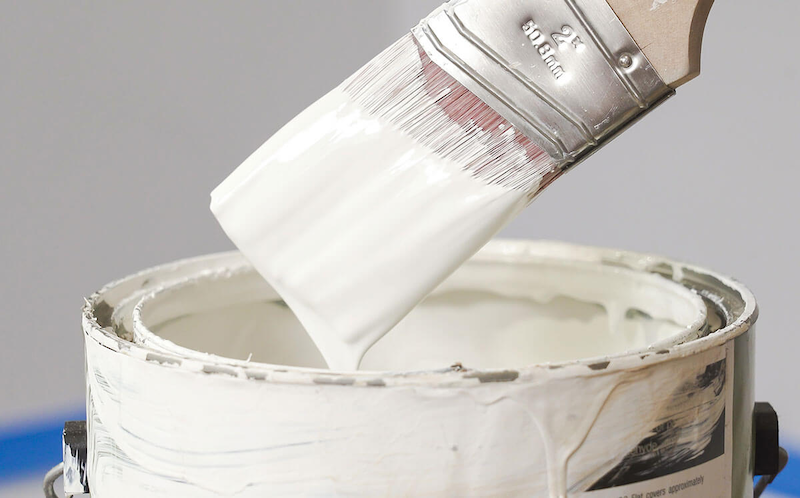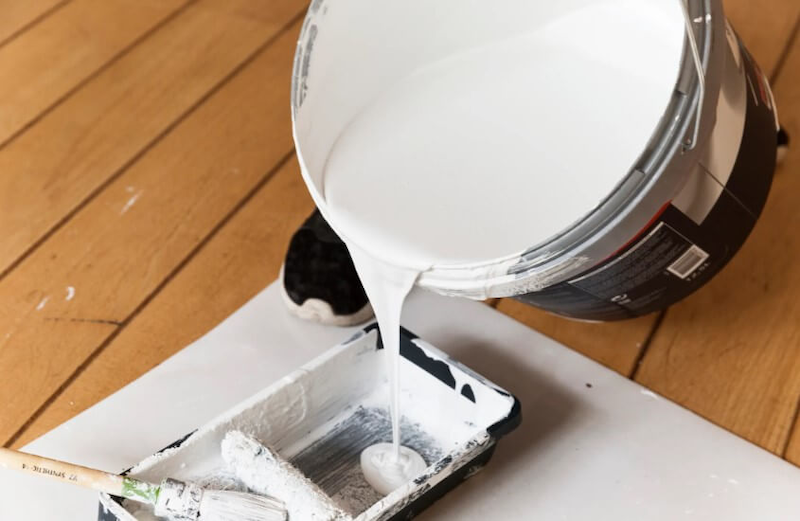What is a cleaning solvent? TOP 5 common types of solvents
16/05/2025
|
Industry news
Cleaning solvents are commonly used in industries, households, and healthcare due to their ability to clean material surfaces. So, what exactly is a cleaning solvent? The article below provides readers with a classification of solvents, key criteria, popular types of cleaning solvents, and safety usage tips. Let’s take a look!
What are Cleaning Solvents?
Cleaning solvents are liquids used to dissolve or remove dirt, grease, or other contaminants from the surface of materials. They are commonly used in industry, in the home, or in the healthcare field to clean equipment and surfaces.

Classification of Cleaning Solvents
Classification by origin
- Natural solvents: Solvents extracted from plants or other natural sources, such as ethanol from sugar cane or corn.
- Synthetic solvents: Solvents produced through chemical processes, such as acetone, toluene.
Classification by chemical properties
- Polar solvents: Solvents that can dissolve ions or polar molecules, such as water, methanol.
- Non-polar solvents: Solvents that dissolve non-polar substances, such as hexane, benzene.
Classification by state
- Liquid solvents: Most common, widely used in cleaning, such as acetone and ethanol.
- Solid solvents: Less common and often used in specific applications, such as some powdered detergents that can be dissolved in water.
Classification by Application
- Industrial Solvents: Typically stronger and used to clean equipment, machinery, and surfaces in manufacturing.
- Household Solvents: Typically less toxic and used in kitchens, bathrooms, and other surfaces, such as soaps and mild detergents.
Choosing the right solvent depends on the type of dirt to be cleaned, the specific application, and safety requirements.
Criteria for Cleaning Solvents
- Friendly to humans and the environment
- High volatility
- Ability to dissolve or soften dirt
Common Cleaning Solvents
Perchloroethylene (PCE)
- Chemical formula C₂Cl₄
- Other names: tetrachloroethylene
- Applications: Dry cleaning, industrial solvents (production of plastic paints, detergents, …), detergents and cleaners (cleaning electronic components, or in scientific research).
- Note: Harmful to environmental health and environmental pollution.

Diethanolamine (DEA)
- Chemical formula: C4H11NO2
- Applications: Ingredients in the production of softeners, industrial detergents, bleaches, fabric softeners.

Iso Propyl Alcohol (IPA)
- Chemical formula: C3H8O
- Other names: Iso Propanol
- Application: An important solvent in the production process, with good solubility, IPA helps to clean and disinfect product surfaces.

Methylene Chloride (MC)
- Chemical formula: CH2Cl2
- Application: In industrial production, MC is used as a fairly effective paint remover, and is an environment for many chemical reactions. In addition, MC is also a detergent, bottle cleaner and removes impurities from raw products.
- Note: Adversely affects the health of users (respiratory system, can cause eye and skin irritation, especially can cause cancer and affect the fetus).
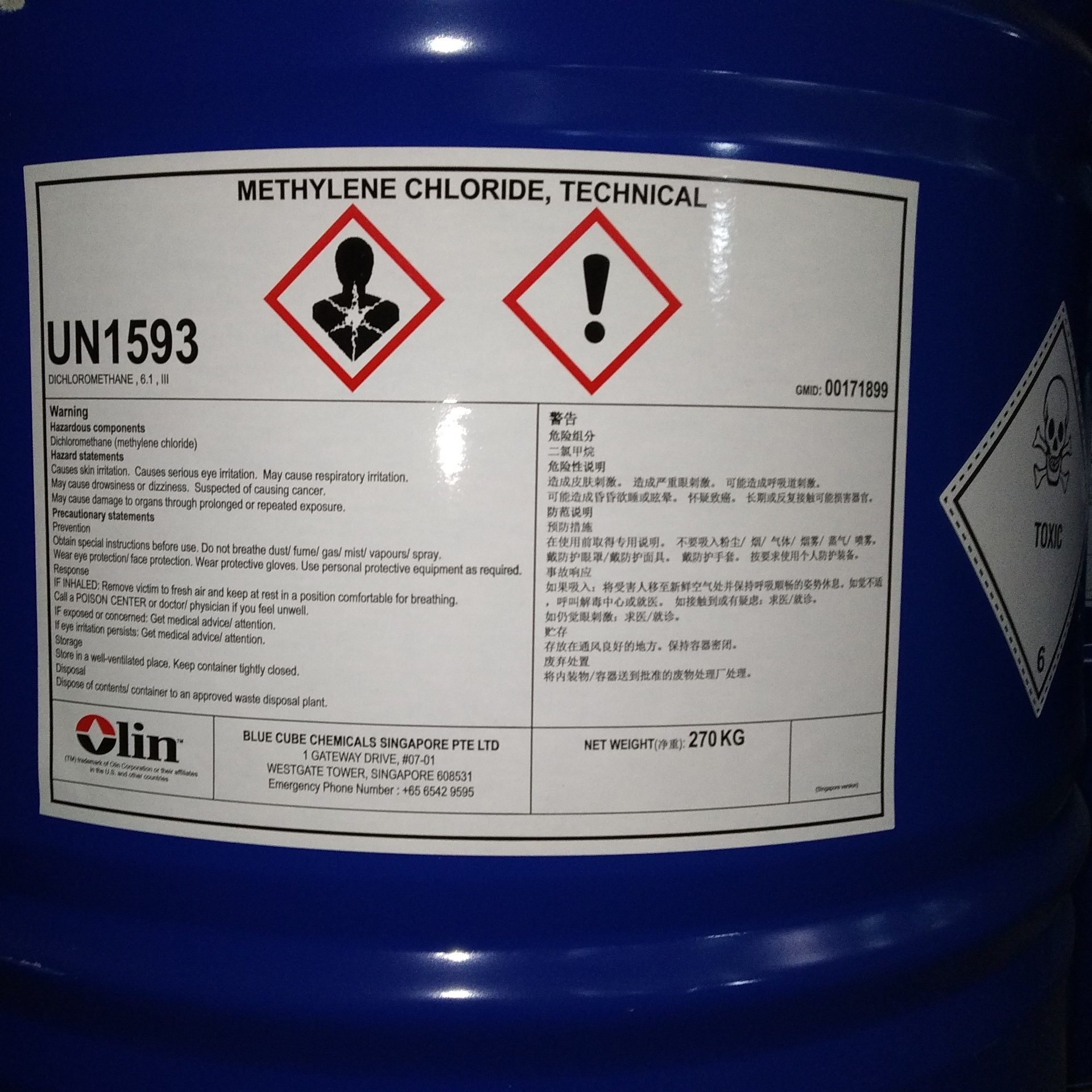
Acetone
- Chemical formula: C3H6O
- Other names: Dimethyl Formadehyde.
- Application: As a common industrial solvent in the production of paint, plastic,… In addition, acetone is also known as a heavy duty degreaser, acetone is very useful in cleaning metals before painting or removing rosin after welding.
- Note: Harmful to health. Acetone catches fire quickly, so keep away from flammable sources and avoid direct sunlight

Safe use and Storage of Cleaning Solvents
- Read the Safety Data Sheet (SDS)
- Store properly
- Ventilate
- Avoid storage near ignition sources
- Know first aid measures
- Personal Protective Equipment (PPE)

Cleaning solvents are liquids used to dissolve or remove dirt, grease, or other contaminants from surfaces. Therefore, based on the classification of cleaning solvents, they should be applied according to different needs, carefully selecting the type of solvent that meets essential criteria to ensure safety and practical use. Additionally, during usage, users need to equip themselves with proper protective gear and important knowledge about cleaning solvents to enhance effectiveness and protect their health.
Contact K-Chem now – a reputable supplier of cleaning solvents in large quantities, offering quality products at affordable prices. Get free consultation from our team of experienced experts!
K-CHEM VIETNAM CO., LTD
- N6B Road, Lot F, Phu Chanh 1 Industrial Park, Phu Chanh Ward, Tan Uyen City, Binh Duong Province, Vietnam
- Tel: +84 274 362 0218
- Email: info@k-chem.vn
- Website: https://k-chem.vn


